Censorship in Japan has long been hot-button topic for everyone from journalists reporting on the latest police porn crackdown to academics delving into wartime controls on artistic expression, but as Kirsten Cather notes in "The Art of Censorship in Postwar Japan" — her fluently written, industriously researched study of seven postwar obscenity trials — the writer's intent is often to score points off the evil censors, not examine the actualities and implications of each side's argument.
Cather has thus set out to examine "the often-overlooked connection between the censor and critic, a link that is crucial to understanding the dynamic relationship of censor, artist and text in modern Japan." In these landmark trials, prosecutors have frequently played the role of, as Cather puts it, "narratologists, reception theorists, critics, editors, or even coauthors (or auteurs)," basing judgments on criteria that shift from case to case, era to era.
Following Japan's World War II defeat in 1945, the U.S.-led Occupation assumed the mantle of censor, while officially encouraging freedom of expression. But in the first postwar obscenity trial, which started in 1951 over an unauthorized translation of the D.H. Lawrence novel "Lady Chatterley's Lover," the Japanese prosecutors were firmly in charge, if at first hesitant about how exactly to proceed since the new constitution, written under Occupation aegis, expressly forbade censorship. They took recourse in Article 175 of the prewar Criminal Code, which defined "obscene objects" as those that "produce the sense of shame or disgust in human beings."



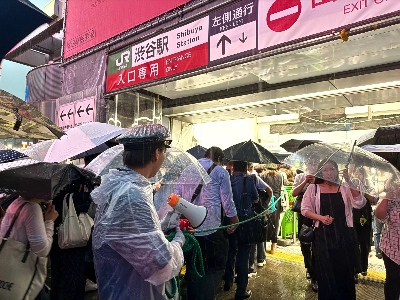
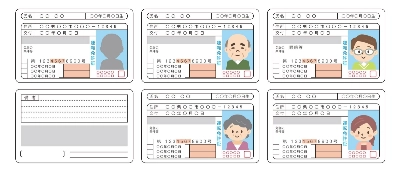


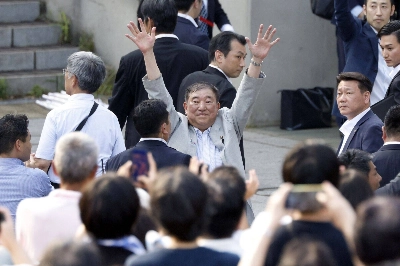

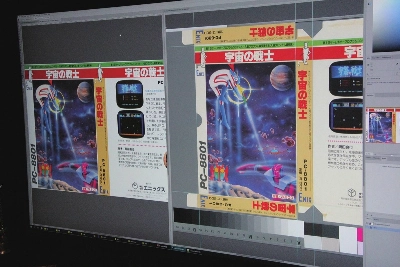






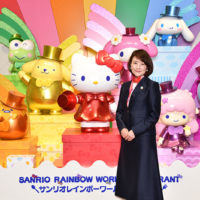

With your current subscription plan you can comment on stories. However, before writing your first comment, please create a display name in the Profile section of your subscriber account page.